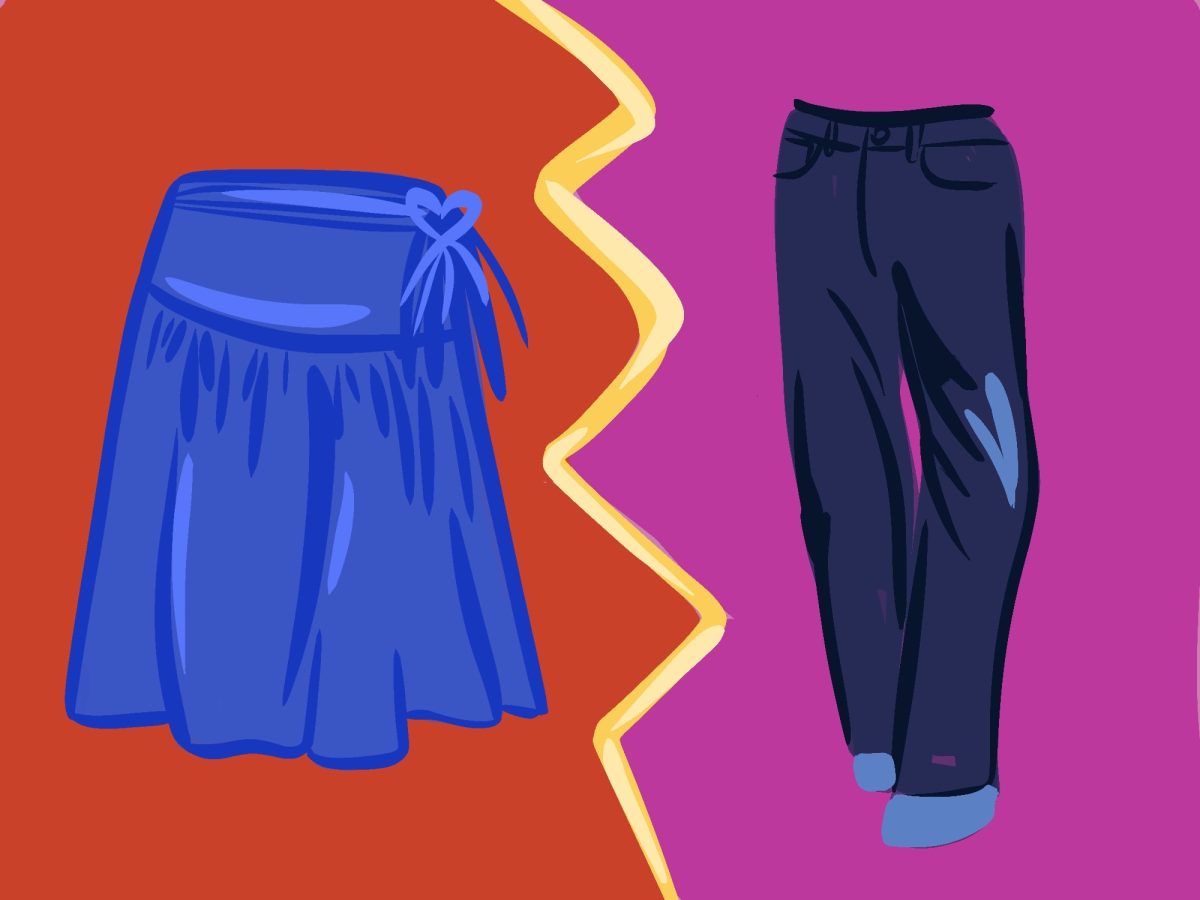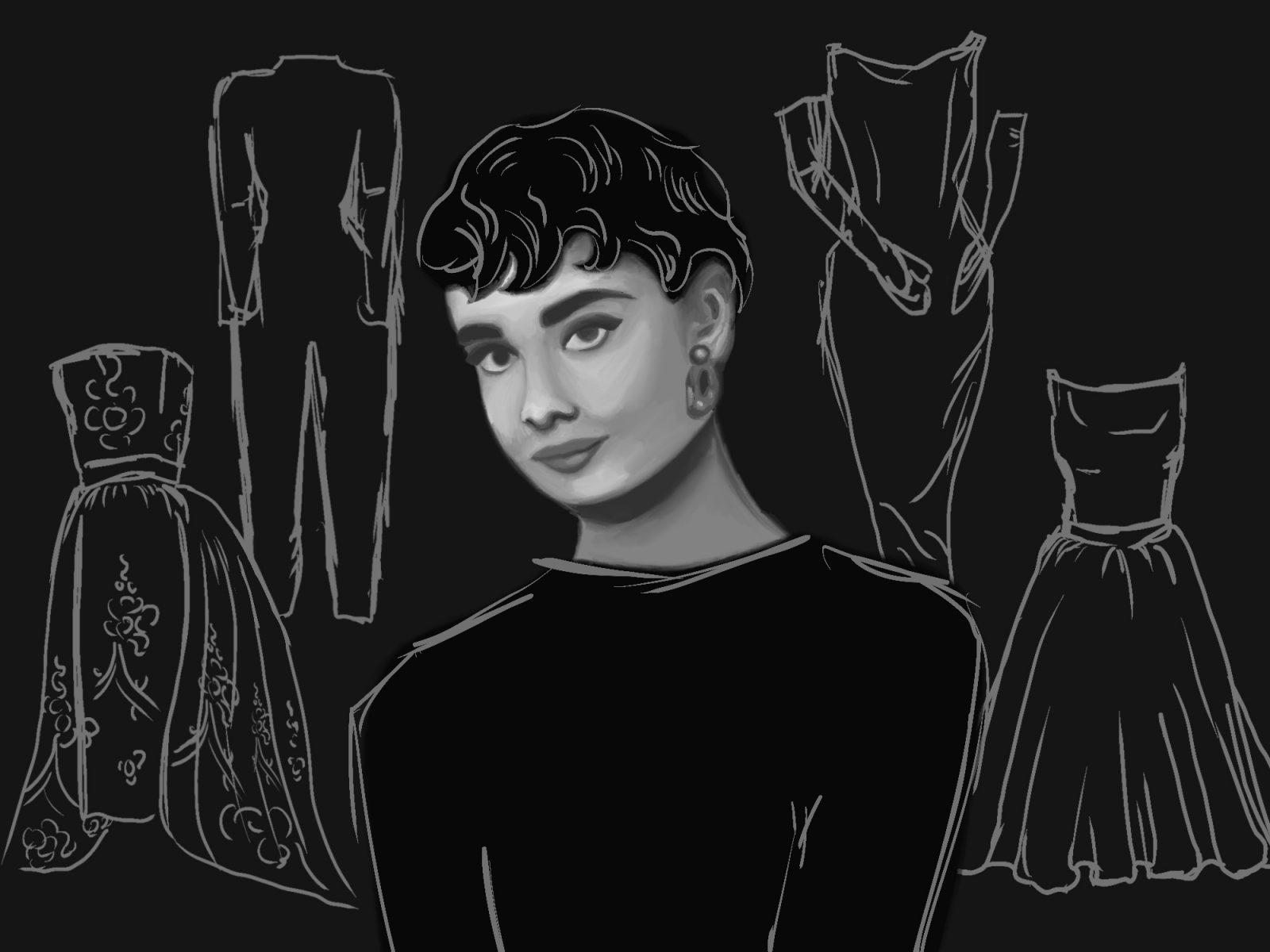We all have moments that define our childhood and make us see that the world isn’t full of sunshine and rainbows like we believed. For me, that moment was when American Girl changed their historical dolls line to the revamped “BeForever” line.

Okay, maybe that is an overstatement. While I was lucky enough to have had an amazing, loving childhood, I definitely faced more adversity than that. Still, my extreme disdain for this rebrand was a formative moment in my development.
I got my first American Girl doll when I was four years old. My grandma had gifted me a Josefina Montoya doll for Hanukkah. I still remember watching my mom open the large cardboard box on the red tile floor of the kitchen. I hugged my doll close to me, smelling her sweet vinyl limbs.
As an early reader, I was thrilled that my dolls each came with a book of their own. While Josefina’s stories whisked me away to the other side of the country and taught me about a culture that was different from my own, my Rebecca Rubin doll’s story of being a theater-loving, Russian-Jewish girl in New York City reminded me of my own grandmother.
Through reading their stories, my love for American Girl dolls only grew. I ended up playing with them longer than a lot of my friends — or at least longer than they admitted. As my love for the dolls grew, so did my collection.
While I collected dolls from each of the different American Girl doll lines — historical, Truly Me and Girl of the Year — the historical dolls held a special place in my heart. I was always ahead in history class because of their accompanying stories.
However, in 2014, I got the news that would change my world: American Girl was rebranding their historical line to “BeForever.” In a 2014 press release, American Girl said the goal of BeForever was to help young girls “explore the past, find their place in the present and think about the possibilities the future can bring.”
I was flummoxed. Wasn’t this the point of the historical line from the beginning? Even at 10 years old, I called BS. It felt like a cheap ploy to subtly modernize the dolls and boost sales, and my suspicions were proven correct when the dolls’ new outfits and accessories were released,.
While the brand had stressed the “historically accurate” outfits in the press release, the outfits that were released as part of BeForever were anything but. I was deeply perturbed — particularly by the bright teal and red dress that now comes with the Kit Kittredge doll.
This new multicolor dress contradicted what the character’s books and film had taught me about women during the Great Depression, who used cotton fabric from the bags that encased chicken feed and other household items to make clothing.
I found it highly implausible for Kit to own such a vibrant dress. While it is true that the companies which produced the feed sacks adapted their patterns and printing to accommodate the growing number of women repurposing their fabric, it’s highly unlikely that they would’ve used bright teal fabric to manufacture the sacks.
Moreover, this ultra-feminine dress felt incongruous with Kit’s characterization as a tomboy. Other characters who weren’t explicitly feminine were outfitted with high gloss outfits that didn’t do anything to serve the character, but were arguably more visually compelling.
Although I’ve been a lifelong girly-girl, I liked being able to dress my dolls in clothing totally different from my own. In addition to being vehicles for imaginative play, my dolls were also a canvas for my burgeoning love of fashion. While other doll brands offered just a handful of outfits, all of which were contemporary, American Girl sold hundreds of outfits that spanned multiple centuries.
With the invention of BeForever, it felt like so much of what made my American Girl dolls special to me was being thrown out with the laundry. Overcome with angst, I began to send incessant Karen-style emails to American Girl begging them to change the line back. How could they do this?
American Girl humored me by sending back responsive emails, but it wasn’t until years after I had stopped playing with my dolls that they reverted back to the original line. In reviewing the American Girl website, I can still see vestiges of the BeForever line.
When my parents gifted me my Rebecca Rubin doll as a child, she came dressed in a maroon drop waist dress with gold buttons and black velvet trim. She had the cutest pair of black and white spats on her feet. Now, when I look at the website, I see the luminous, purple tweed ensemble that I so heavily disdained when it was first released ten years ago.
Usually, when adults look back at the things that upset us as kids, they laugh at their own naivety. Oddly enough, when I look back at the BeForever line, I’m more upset now than I was then.
I understand the need to cater to a broader audience of young girls. American Girl is a business above all else. However, in an attempt to broaden their sales reach, American Girl made it clear that they think young girls want what’s prettier over what will teach them something. For a brand that has always stressed female empowerment, this seems like the antithesis of “practice what you preach.”
While I’m grateful that my appreciation for historical stories and clothing remained strong through it all, I wonder about how many other would-be vintage fanatics are out there, stifled because a brand didn’t think they were smart or curious enough to play with dolls in appreciation that the dolls broadened their world view.

























































































































